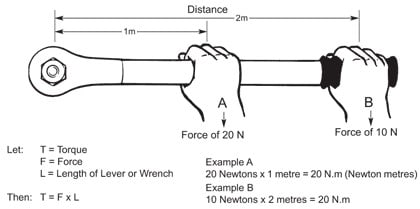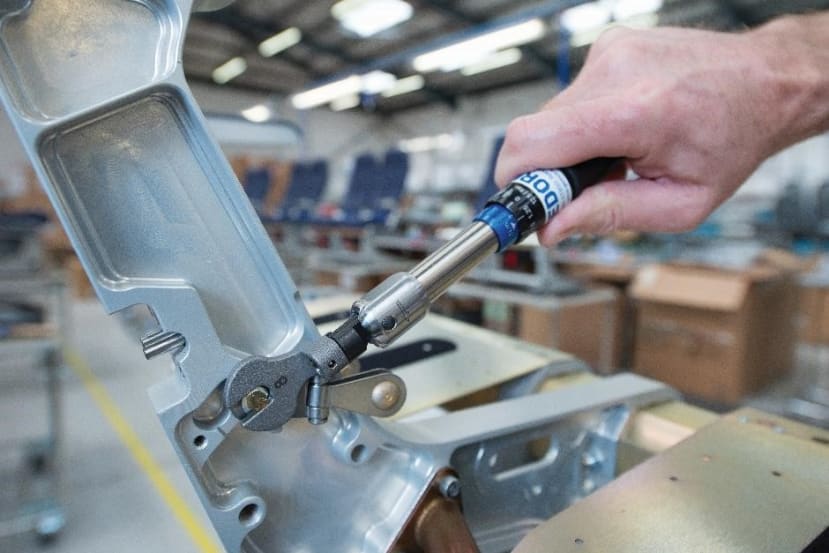Torque - The Power of Precision Part 1
Follow articleHow do you feel about this article? Help us to provide better content for you.
Thank you! Your feedback has been received.
There was a problem submitting your feedback, please try again later.
What do you think of this article?
TORQUE – THE POWER OF PRECISION
Over the next 12 months, I will be releasing content in the medium of articles and video to help provide you with expertise and insight into the world of Torque.
Topics covered will consist of explaining what torque is, why it’s important, what torque solutions exist today, why maintenance and repair of torque tools are important and how you should do it. I will also post information about how to adjust and calibrate your torque tools. Along the way, I will bust some myths relating to torque and help clarify some areas that end-users find confusing or simply don’t know – one of my favourite phrases is “You don’t know what you don’t know”.
So, for the purpose of full disclosure, I am not an engineer but I do work for Gedore, who design and manufacture hand tools and specialise in torque tools and services. To help my own learning and knowledge of ‘Torque’ I have a full team of product design engineers who I quiz a lot and ask questions in order to help build my knowledge. Also, as I visit many users of torque products I see a wide variety of challenges people experience when using torque products that can be resolved if they were just better informed. So, I thought whilst I learn and share information hopefully others can benefit from it too.
The first question I asked our engineering team was “What is Torque?”. Of course, I had googled this but what came back were references to car engines and not a lot else. The GEDORE team confirmed that Torque is a measure of the force required to twist/rotate an object; an example of this is tightening a nut /bolt or the lid on a container. Torque (t) is calculated as force (F) multiplied by distance/length (L) from the axis/pivot point to the point where force is applied.
The torque formula is: t (torque) = F(force)*L (Length/Distance).
This helps explain the units you may see when describing torque
|
Units of force |
Units of distance |
Units of Torque |
||
|---|---|---|---|---|
|
N |
x |
m |
= |
N.m |
|
cN |
m |
cN.m |
||
|
lbf |
ft |
lbf.ft |
||
|
lbf |
in |
lbf.in |
The most common units for torque are Newton Meters (N.m) or Pounds Feet (lbf.ft). Sometimes “Pounds Feet” is referred to as “Foot Pounds". (Don’t worry, it’s the same thing!)
My next question was “Why is torque important as surely tight is tight, right?”. Wrong. Torque helps engineers and designers effectively communicate the required “clamping force” for an application. If the clamping force is not correct, issues in safety, production consistency and quality can occur. If the joint is not tight enough (clamping force is too low), a component could work loose and if it is too tight, a component could break, resulting in critical failure. So, torque is useful to provide a method of applying the optimum clamping force for a particular joint.
To be able to calculate an optimum torque value for a design is crucial to its success and enable the engineer to progress the project with confidence.
I’m sure all you Engineers already knew this but I have to start somewhere! The next article will focus on torque tools that exist today and the different applications they suit.
If you have any torque questions please feel free to get in contact and I (or the team) will do our best to help.




Comments